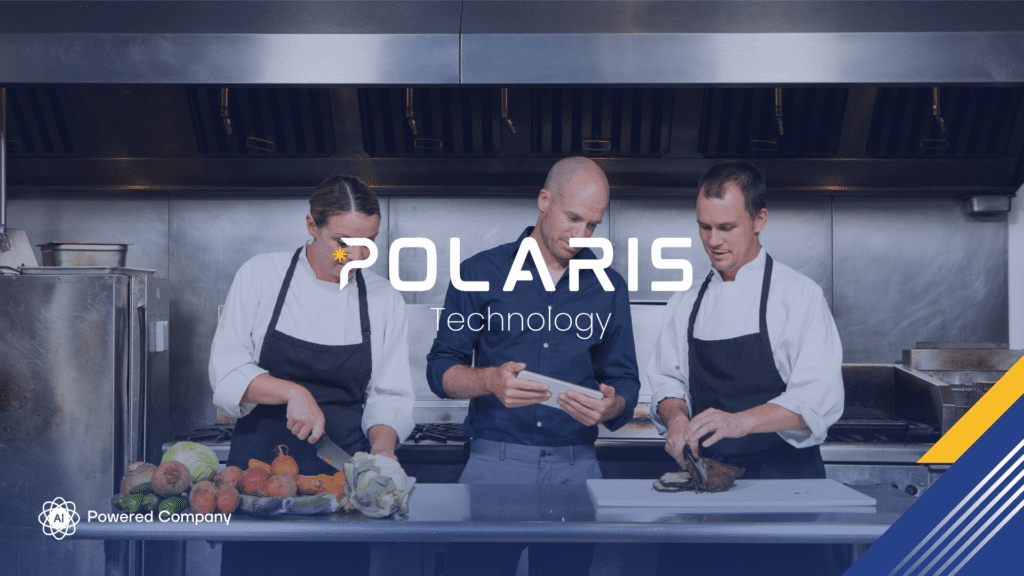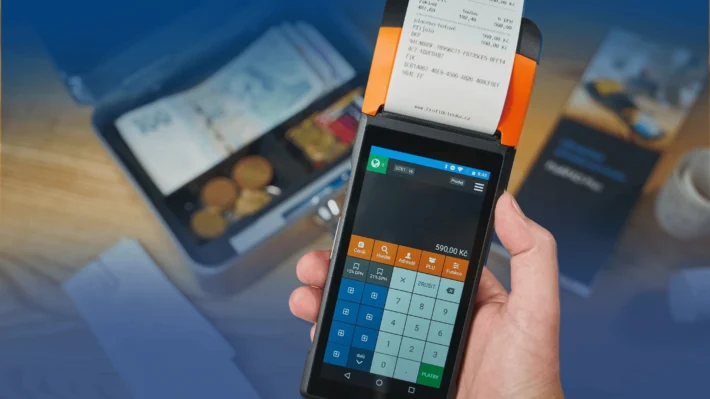Menu Engineering: When Is the Right Time to Change Your Menu Price List

The food and beverage (F&B) industry, valued at $19.98 billion USD in the United Arab Emirates in 2024, is known for its dynamic nature, influenced by economic, political, technological, or social factors, among others. This article delves into the relationship between ingredient cost fluctuations and restaurants’ menu price list, exploring their impact on businesses and offering recommendations for managing these fluctuations to optimize menus.
How Is Restaurants’ Profitability Affected by Ingredient Costs
Restaurants’ profitability is directly linked to ingredient costs, shaping both its composition and pricing. Fluctuations in ingredient costs affect production costs, especially when the menu price list or dish compositions remain unchanged. Tracking ingredient cost changes in real-time is challenging for restaurant owners due to the complex supply chain and rapid market fluctuations influenced by external factors like weather conditions, geopolitical events, and global economic trends.
Moreover, restaurant owners often lack visibility on ingredient price changes because they do not utilize advanced technology that automates and monitors these costs. Not taking measures fast enough for dealing with the ingredient cost fluctuations will affect restaurants’ profitability on both short and long term.
How Polaris ERP Identifies Fluctuations in Ingredient Pricing
Polaris ERP restaurant management software addresses this challenge by providing precise visibility into profits and losses. This calculates raw material consumption for each item created and sold vs. cost. Polaris ERP provides recipe and cost control management (through its AI-Powered Food Cost Calculator component), for strategic optimization of ingredient costs, and a lot more.
The uniqueness of Polaris ERP lies in its integration with AI, working as an instant business advisor. This AI-enabled software identifies specific ingredients with price fluctuations and provides suggestions for menu engineering to manage increased ingredient costs effectively.
How to Optimize the Menu Pricing with Menu Engineering
Menu engineering, a powerful tool in Polaris ERP, analyzes profitability and popularity, sales figures and cost data to instantly offer menu optimization solutions. These solutions may include reducing the use of specific ingredients to create smaller portions, adjusting menu pricing, introducing combo or bundle meals, or changing suppliers.
Reducing portions’ size
One strategy to manage the ingredient cost fluctuations is reducing portions’ size. For instance, if a supplier increases the price of cheese by 2.5%, Polaris ERP guides restaurant owners on reducing the quantity of cheese in various dishes to maintain production costs. However, caution is advised, as such changes may affect the overall dish quality and customer satisfaction.
Increasing prices
Another strategy to cope with rising ingredient costs is to apply a natural price increase to menu items. While such increases might impact customer visit frequency, the ongoing trend of “going out” and the desire for dining experiences currently outweigh concerns about costs, fostering continued clientele.
Changing or negotiating with suppliers
Changing suppliers or negotiating with vendors in response to ingredient cost increases involves a strategic evaluation to ensure optimal operational efficiency. Restaurant owners may explore alternative suppliers offering competitive pricing or negotiate better deals while considering factors like product quality, reliability of deliveries, and the overall impact on menu consistency.
In conclusion, the F&B industry’s dynamic nature, influenced by fluctuating ingredient costs, demands strategic solutions. Polaris ERP, with its AI-driven capabilities and menu engineering tools, helps restaurant owners adapt proactively to changing costs, ensuring profitability and providing an excellent dining experience in an ever-evolving industry.
Find more information about Polaris ERP’s features.
Related posts:
Frequently Asked Questions – Menu Price List
For F&B businesses, menu pricing is a strategic calculation that determines how much to charge for each menu item. It takes into account the direct food costs of the recipe, plus a share of operational expenses like rent, utilities, staff salaries, and delivery commissions – all with the goal of covering costs and generating a profit on every sale.
To calculate the price of a menu item correctly, you need to factor in three main components:
(1) Food cost per plate: This is your Cost of Goods Sold (COGS), meaning the total cost of all ingredients used in one dish. (2) Operational costs: A portion of your fixed and variable expenses like rent, utilities, salaries, packaging, etc. (3) Target profit margin: The percentage you want to earn on top of your costs. For the last point, there need to be considered the targeted audience’s preferences, as well as competitors’ prices for similar dishes.
Menu Price = (Food Cost/Dish + Operational Cost/Dish) ÷ (1 – Desired Profit Margin)
Let’s say you’re pricing a grilled chicken plate:
– Food cost per dish (COGS): AED 20
– Allocated operational cost per dish: AED 10
– Desired profit margin: 30% (0.30)
Menu Price = (20 + 10) ÷ (1 – 0.30) = 30 ÷ 0.70 = AED 42.85
Take your total monthly operating costs (rent, salaries, electricity, etc.) and divide them by the number of dishes sold monthly.
Example:
– Total monthly operating costs = AED 90,000
– Dishes sold per month = 9,000
Operational cost per dish = 90,000 ÷ 9,000 = AED 10
Ready to start evaluating your menu price list?
Book a free demo
3 Comments
Comments are closed.




[…] implementing Polaris ERP. In addition, with Polaris ERP’s accounting module, integrated with the menu engineering functionality, Hoop Desserts and Shakes increased revenues by 15% by maximizing profitability of […]
[…] Accounting Software Menu Engineering Best Restaurant […]
[…] Utilize insights from the Menu Engineering […]